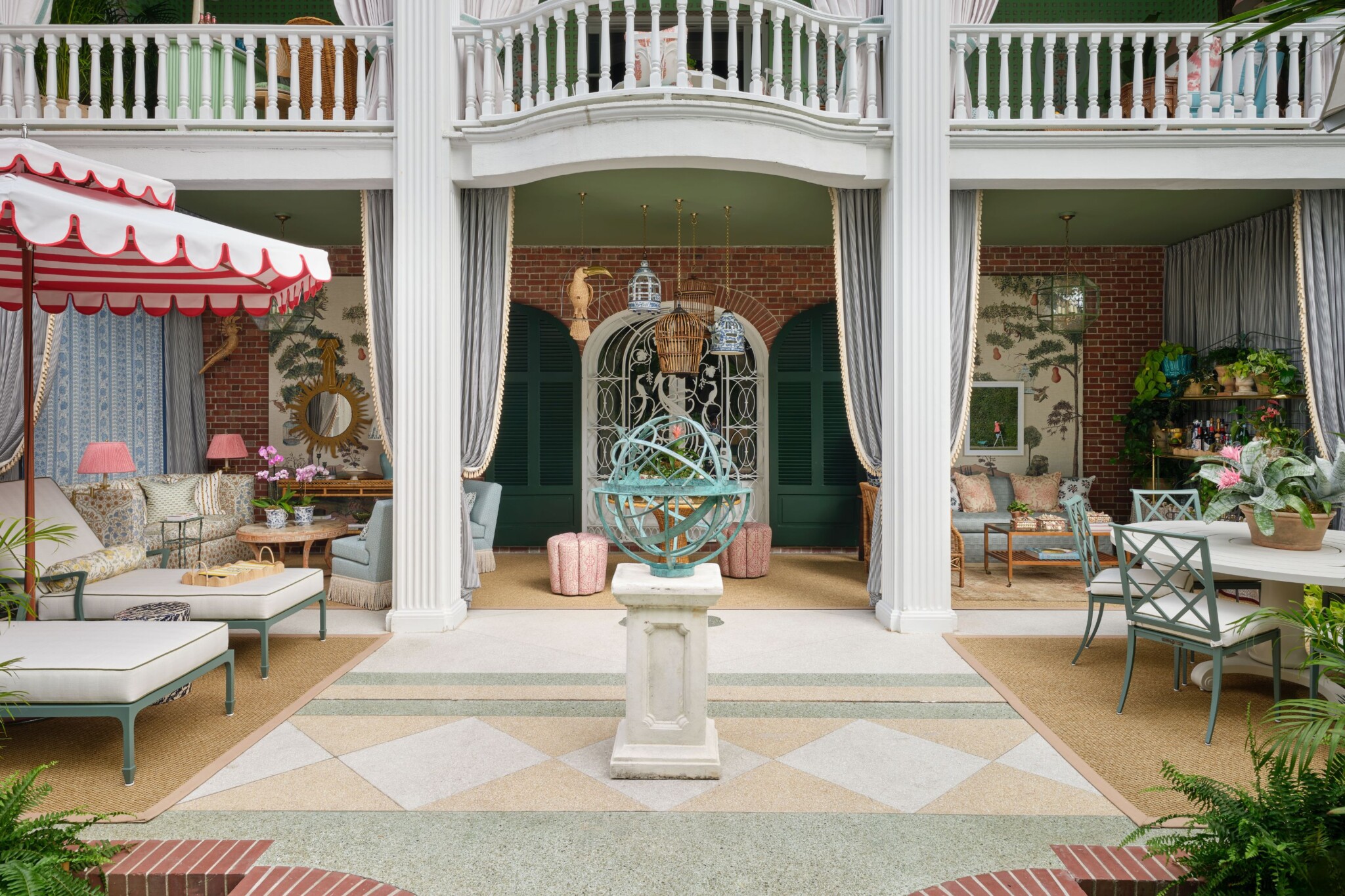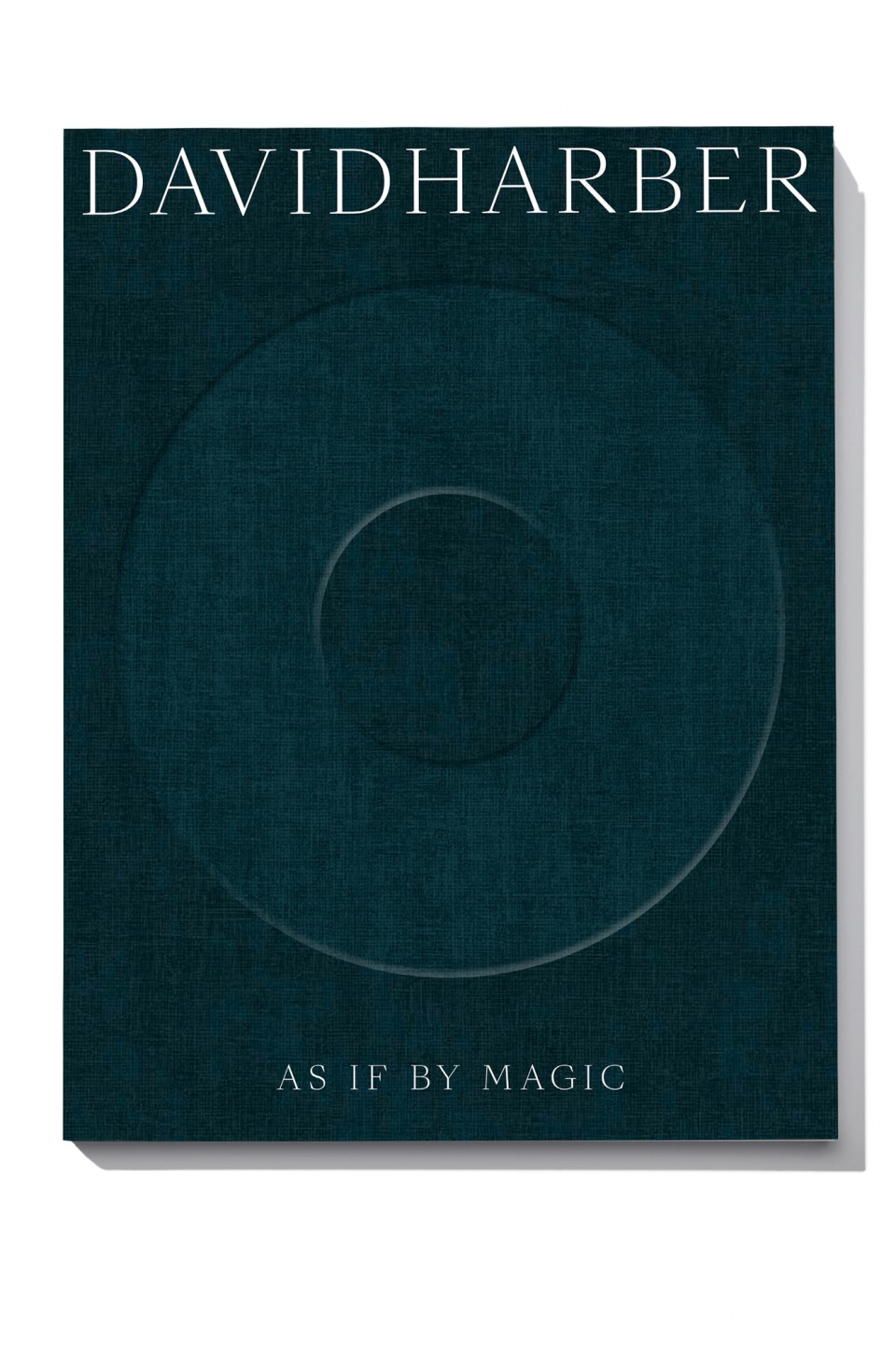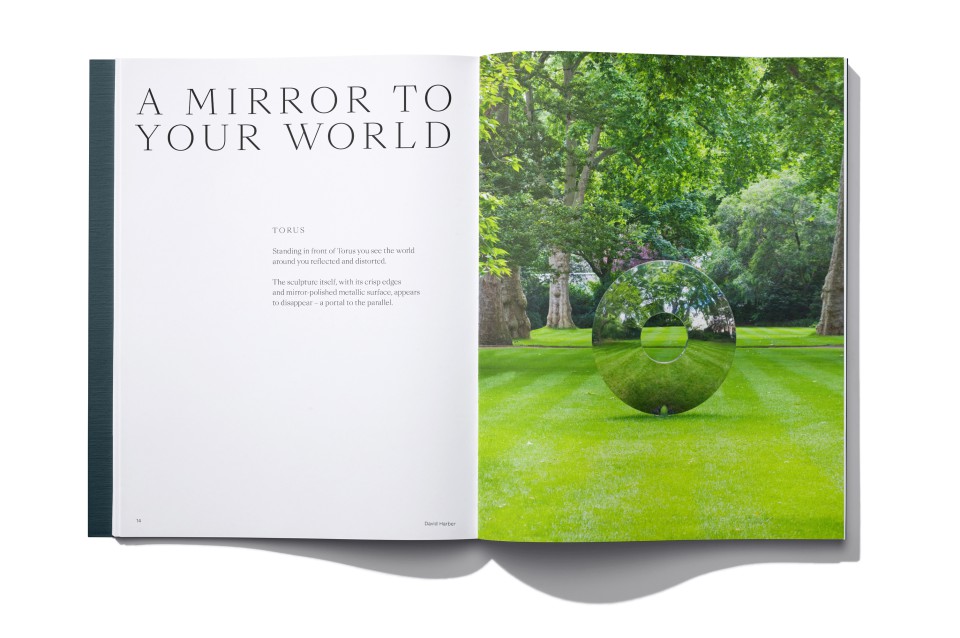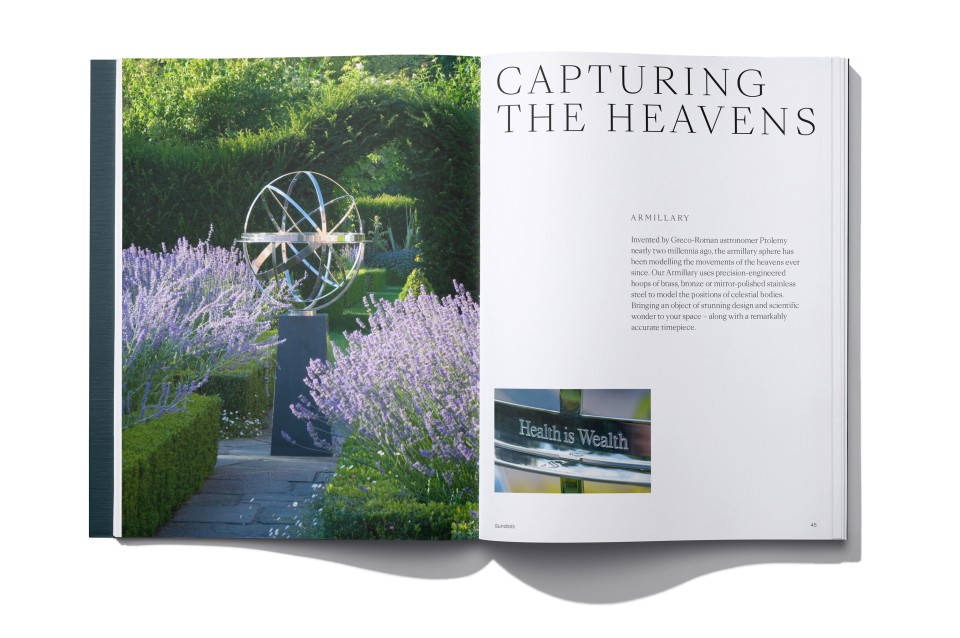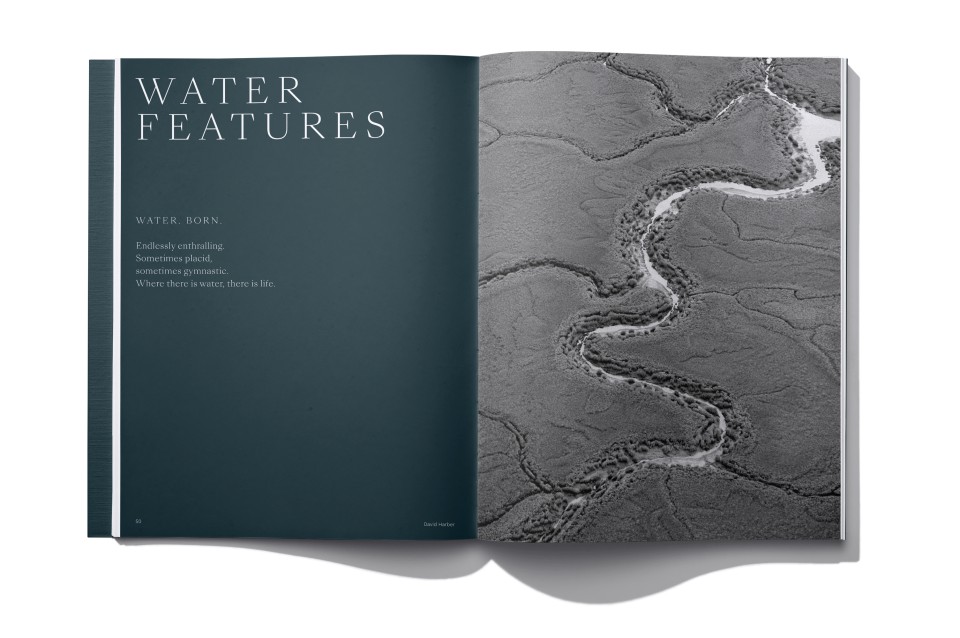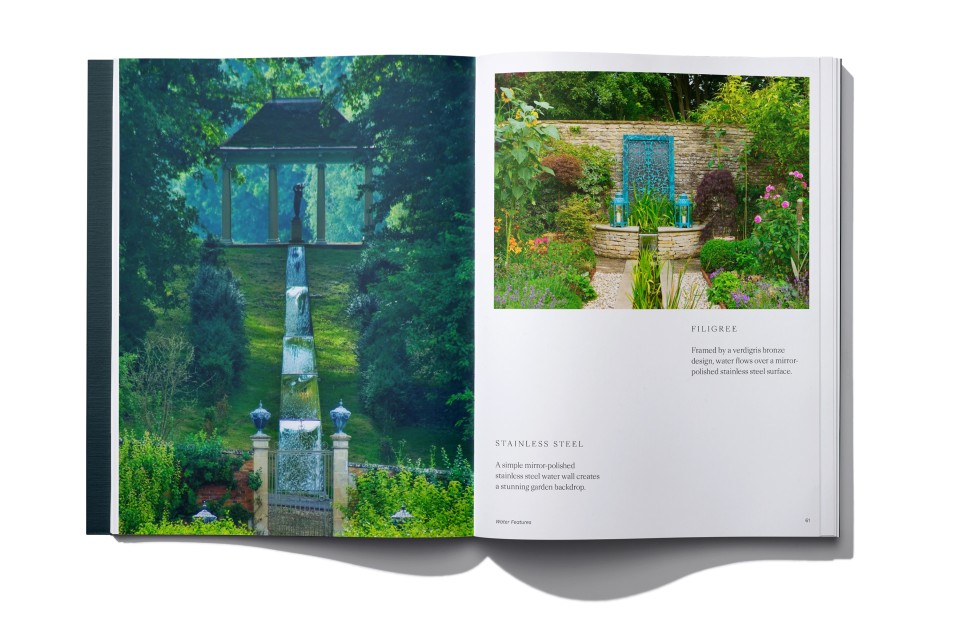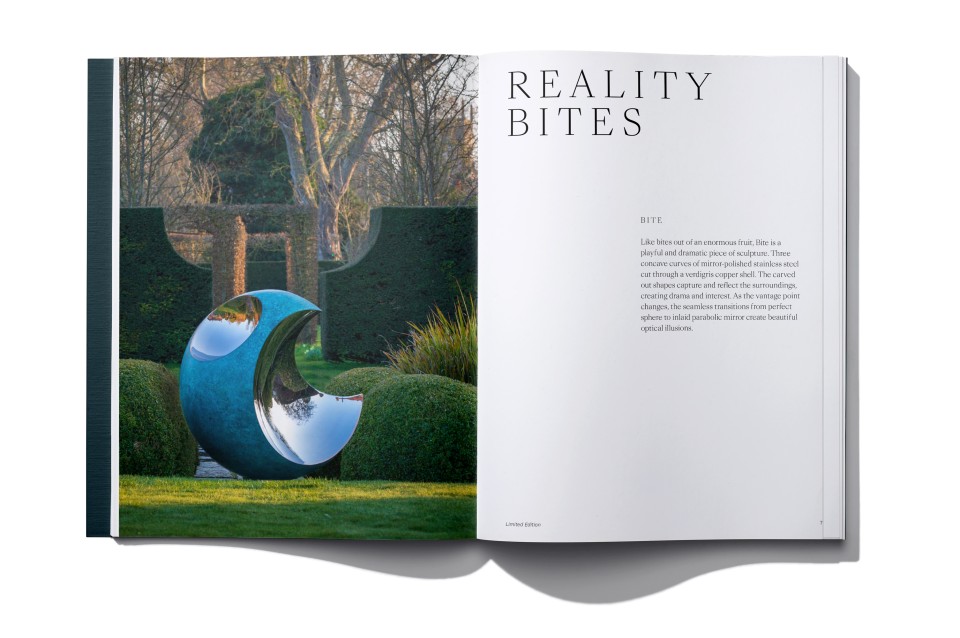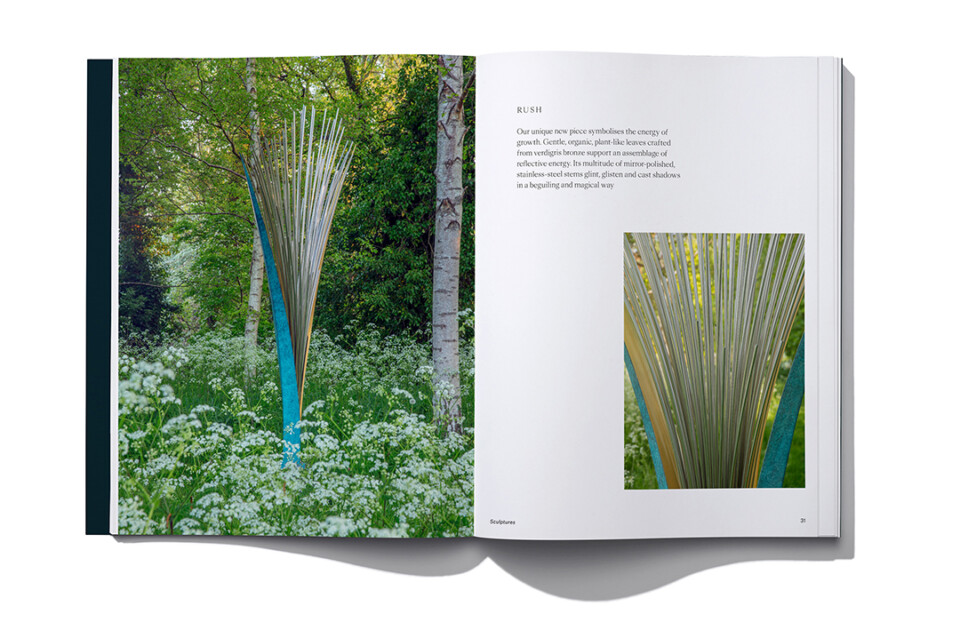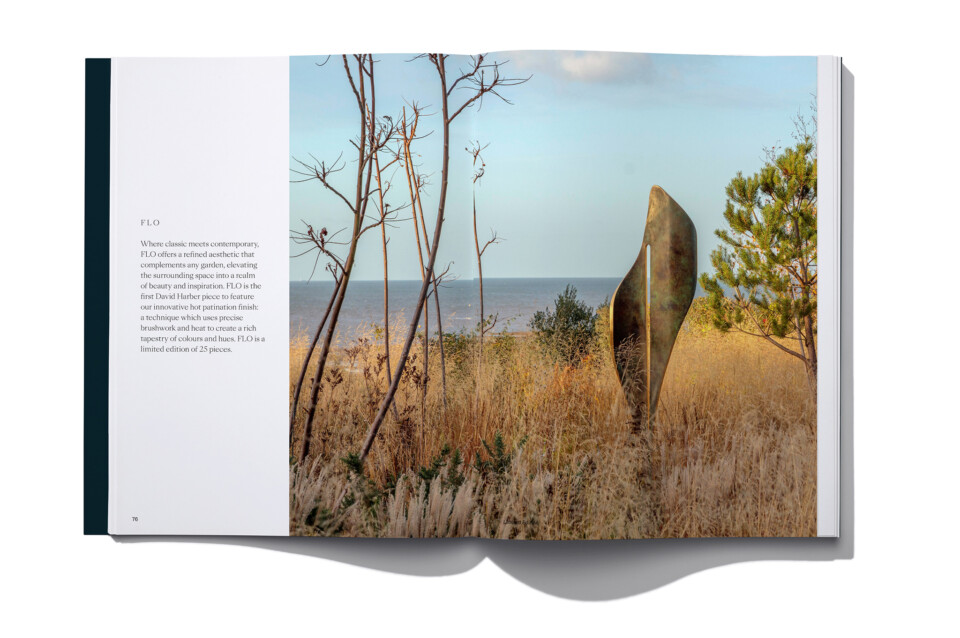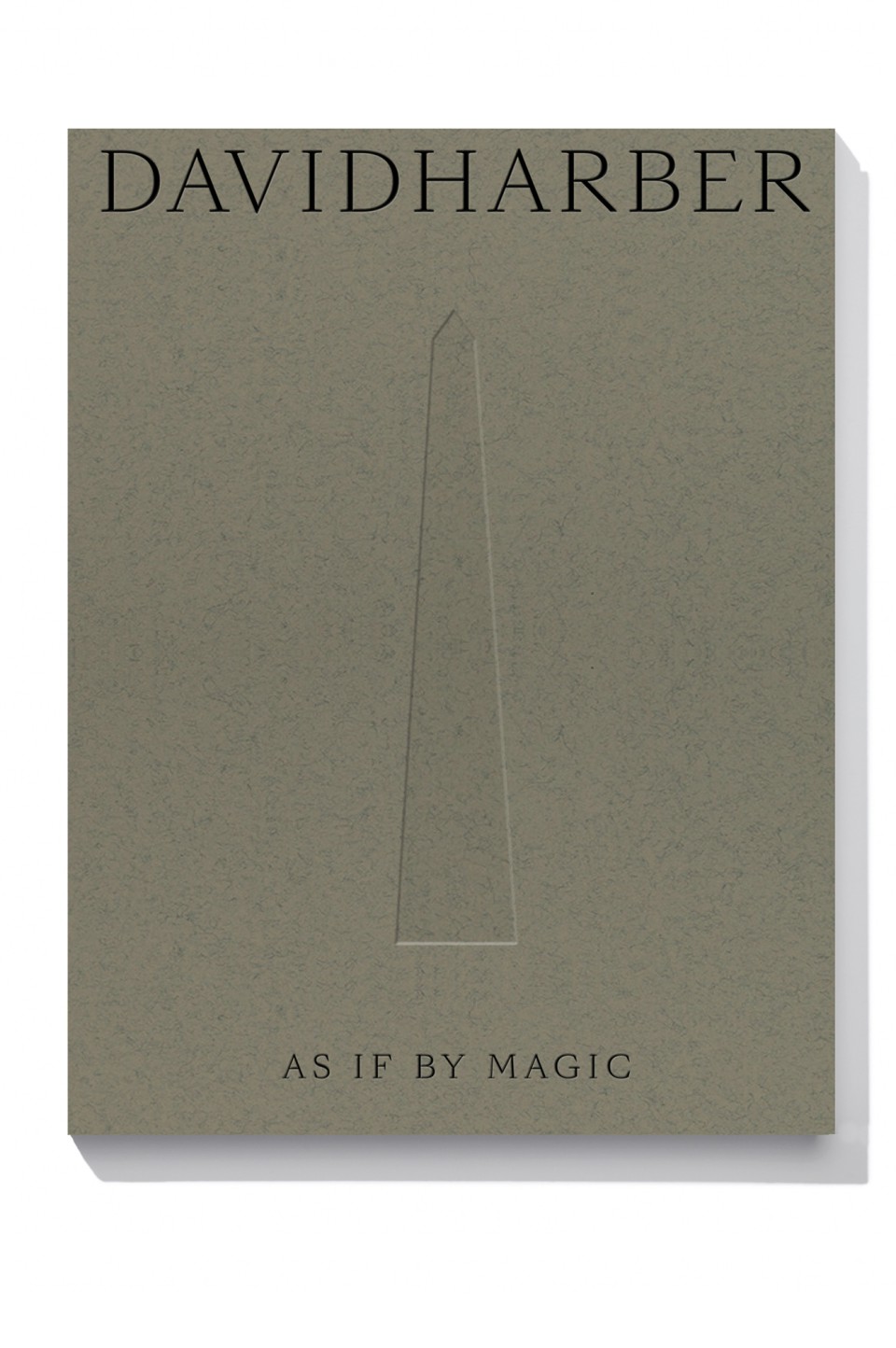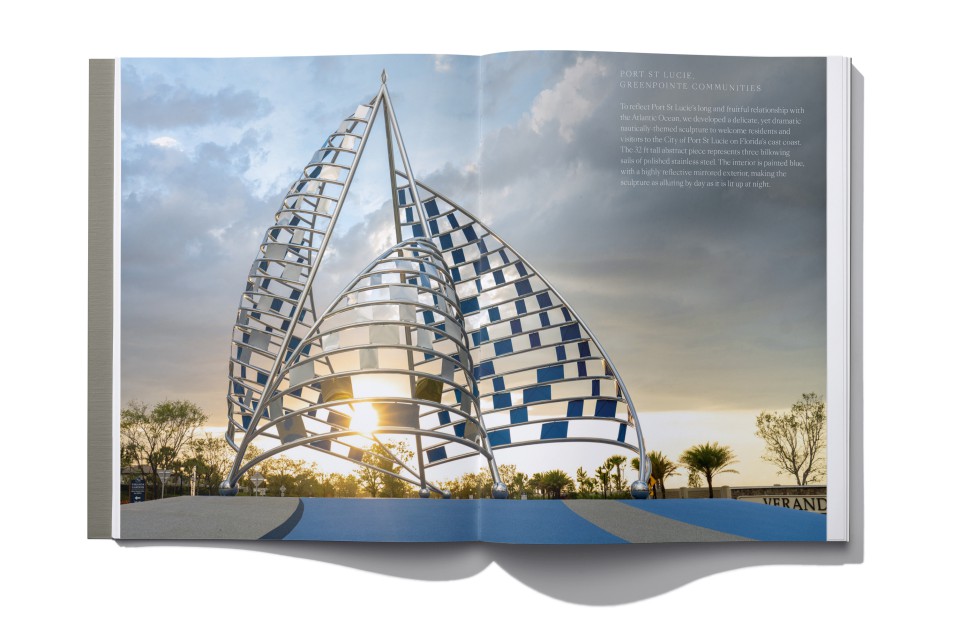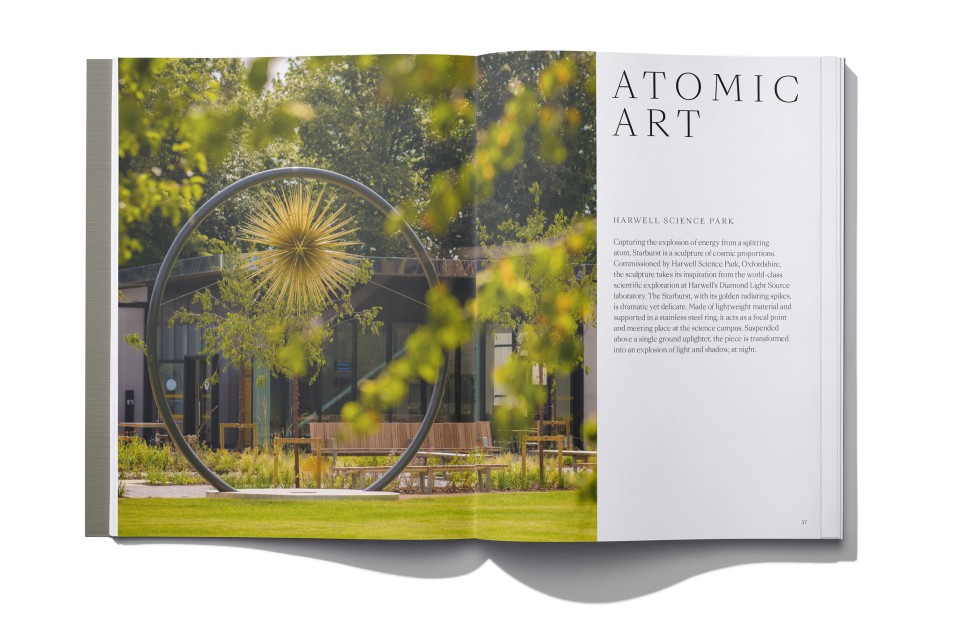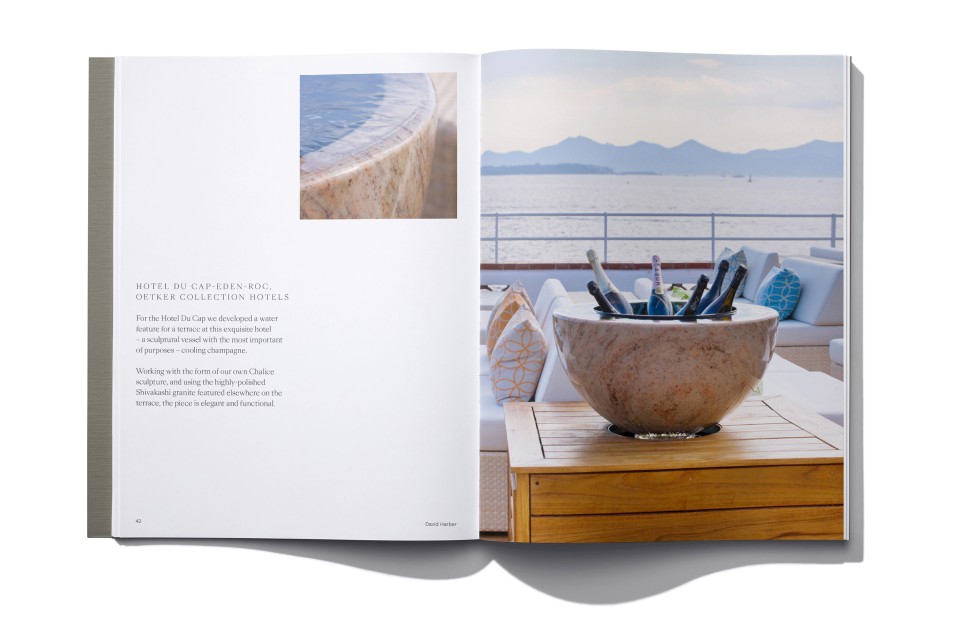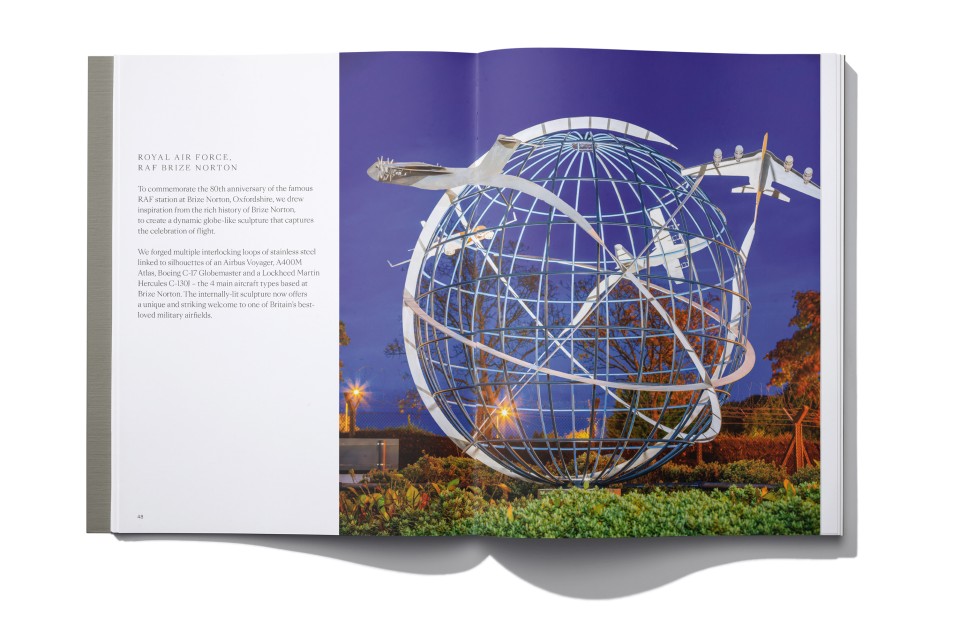Architecture Of Time: An Introduction To Armillary Sphere Sundials

Historical origins and development
An Armillary Sphere is one of the oldest and most beautiful astronomical instruments. Originally devised by the Greek philosopher astronomer, Ptolemy, in around 200 AD, it was designed to represent the geometry of the celestial bodies using a system of interlocking rings, each aligned with important celestial circles such as the Equator, Ecliptic, and Meridians. Ptolemy’s model of the universe, known as the Ptolemaic system, placed the Earth at the centre of the cosmos. The celestial bodies – the Sun, Moon, planets, and stars – were believed to orbit the Earth along these concentric paths. The terrestrial globe at the heart of the armillary sphere symbolises this fixed Earth, surrounded by the “great circles.” Although this model dominated Western astronomy for over a millennium, it was eventually overturned in the 16th century by Nicolaus Copernicus, whose heliocentric model correctly identified the Sun as the centre of the solar system. In Copernicus’s system, the great circles were fixed, and it was Earth that moved, rotating daily on its axis and orbiting the Sun annually.
Influence on navigation and scientific instruments
Ptolemy’s celestial sphere played an immense role in laying the conceptual groundwork for the development of several key scientific and navigational instruments. Most notably, influencing the creation of the sextant, a tool used for celestial navigation that has been used by seafarers, explorers, and astronomers for centuries. While the sextant itself wasn’t invented until the 18th century, its fundamental principle – measuring the angle between a celestial body and the horizon – can be traced back to the angular relationships modelled in the armillary sphere. Ptolemy’s intricate understanding of spherical geometry and the motion of celestial bodies provided the basis for calculating latitude and time, long before this kind of mechanical precision.

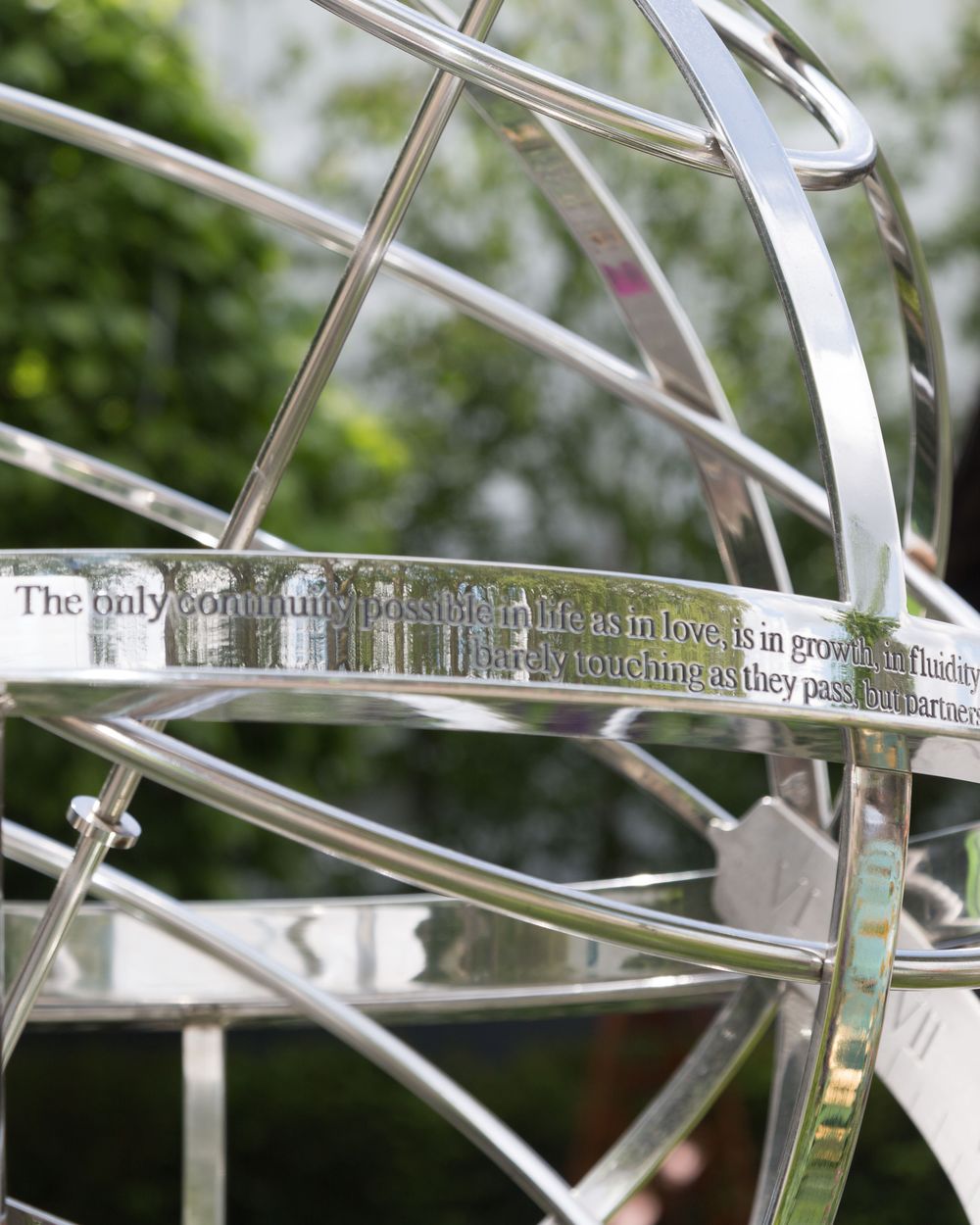
Structure and etymology
The word “armillary” comes from the Latin armilla, meaning bracelets or rings – think of the back of an armadillo or overlapping rings of armour – an apt description of the sphere’s structure, which is made up of interlocking metal rings. These rings represent key celestial circles, such as the celestial Equator, Meridian, Horizon, and Ecliptic, all carefully aligned to model the heavens from the perspective of a specific location on Earth.
Calibration and timekeeping
To work as a sundial, the armillary sphere must be calibrated for the exact latitude and longitude of its setting. The Meridian ring runs north–south, marking the local meridian, while the Horizon ring lies flat and parallels the Earth’s surface. The Equatorial ring is tilted according to the Earth’s axis at that location and tracks the Sun’s path during the spring and autumn equinoxes. Perpendicular to the Equator is the Polar ring, angled to match the co-latitude (90° minus the local latitude), and it supports the gnomon, which is aligned with the celestial pole.
As sunlight falls on the gnomon, it casts a shadow on the Equatorial ring, moving steadily at 15 degrees per hour, the same rate as the Earth’s rotation. This enables the observer to read solar time accurately. Far more than just a decorative object, the armillary sphere sundial is a working scientific model, combining beauty, astronomy, and timekeeping in a single, elegant instrument.
Additional celestial features and rings
Additional rings can be incorporated into an armillary sphere to enhance its functionality and represent more celestial features. The Polar circles (Arctic circle and Antarctic circle) are both parallel to the equatorial ring, symmetrically placed North and South of the Equator and indicating the southernmost latitude in the Northern Hemisphere and the northernmost latitude in the Southern Hemisphere. The Tropic of Cancer marks the northernmost point where the sun can appear directly overhead at noon during the June solstice. The Tropic of Capricorn marks the southernmost point where the sun can be directly overhead during the December solstice. The Ecliptic ring represents the apparent path the Sun takes through the sky over the course of a year as Earth orbits the Sun. The ecliptic is usually marked with the twelve zodiac constellations, representing the Sun’s position relative to the stars throughout the year. It intersects the equator at two points: the vernal equinox and the autumnal equinox.
How does an Armillary Sphere work?
At its core, an armillary sphere is tailored to a specific latitude, meaning its structure – particularly the tilt of the equatorial ring and the axis of rotation – is aligned to match the viewer’s position on Earth. This geographic specificity allows it to accurately simulate the daily and annual movement of celestial bodies. As the Earth rotates, the Sun appears to move across the sky from East to West. However, on the sphere, this movement is modelled by the rotation of the celestial sphere from West to East, keeping in line with astronomical convention. The Equatorial Ring, oriented parallel to Earth’s equator, serves as the surface upon which the shadow falls. As the Sun moves across the sky, the gnomon’s shadow sweeps across this ring at a constant rate of 15 degrees per hour, reflecting the Earth’s 360° rotation every 24 hours. The inner face of the Equatorial ring may be marked with hour lines, and the position of the shadow along these markings indicates local solar time.
How do I choose the placement of my armillary sphere?
If your armillary sphere is decorative, you can focus on aesthetics and garden design. They hold a timeless charm, and make an elegant focal point amongst structured planting. However, it is also important to consider where your sundial will catch the most sunlight at all hours of the day. The dial must be accurately aligned and placed, with the gnomon pointing true north, aligned with the Earth’s axis. The Equatorial ring should be titled to match your local latitude. The dial should be positioned on a flat surface, a plinth is a particularly good choice for both aesthetics and practicalities.
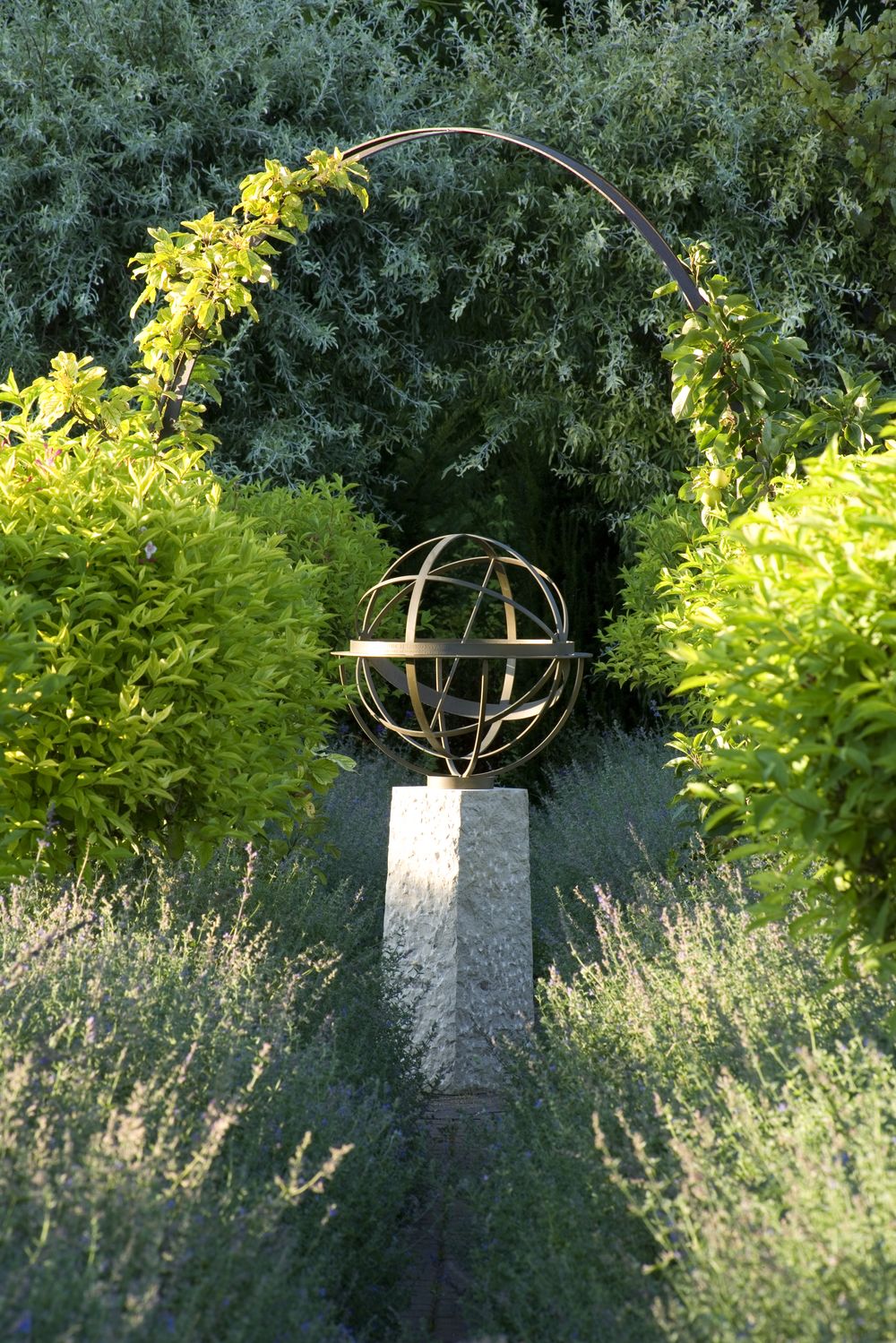
David Harber’s armillary sphere collection
David Harber’s fascination with the history of science, space and the solar system inspired him to create the astronomically intriguing Armillary Sphere. Now, we have been crafting Armillary Sphere sundials for over 30 years. Here are a few of our iconic designs.

Brass armillary sphere
Brass has a classical patina that matures well and darkens with age. The timeless effect is equally at home in a traditional English garden or in a more contemporary outdoor space. The classic features of the astronomical instrument: a calendar, an arrowhead and tail gnomon, and more, can be added to brass Armillary Spheres.


Bronze Armillary Sphere
The bronze Armillary Sphere is a classic design that can be finished with a vibrant verdigris patina, or a more classical antique tan. Additional embellishments, such as rings marking the Tropics of Cancer and Capricorn, the North and South Polar Circles, a calendar showing the progression of the months, and an arrowhead and tail, can be incorporated.

Stainless Steel
Made from marine-grade stainless steel, these Armillary Spheres are mirror-polished to ensure lifelong brilliance and an eye-catching quality. Additional features, such as a calendar, extra rings, or an arrowhead and tail, can be added to this celestial sphere to create more functionality.

Orrery
Within a bronze armillary sphere, a powered orrery mechanism demonstrates the movement of the planets in the solar system, scaled up to show a whole year in a single day. At the centre, the sun is a light source and individual surrounding planets are hand painted in their appropriate colours.
Get in touch
Whether you’ve decided on a piece, or you just want to sound out any aspect of our work, then please do get in touch.
